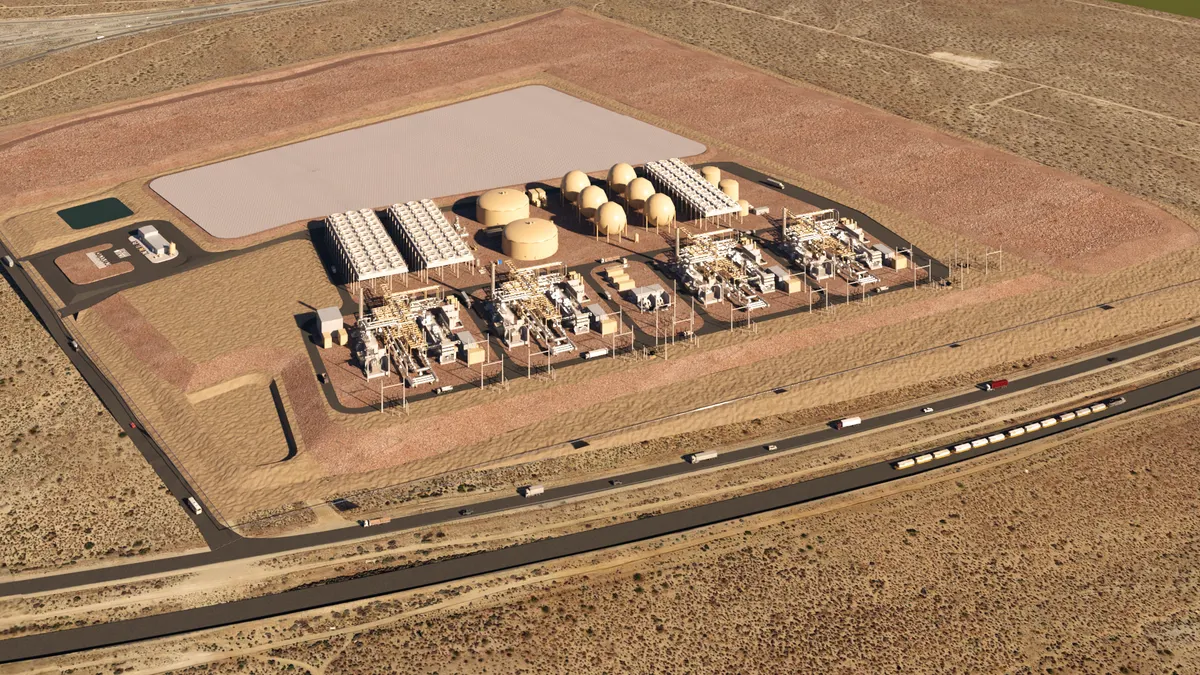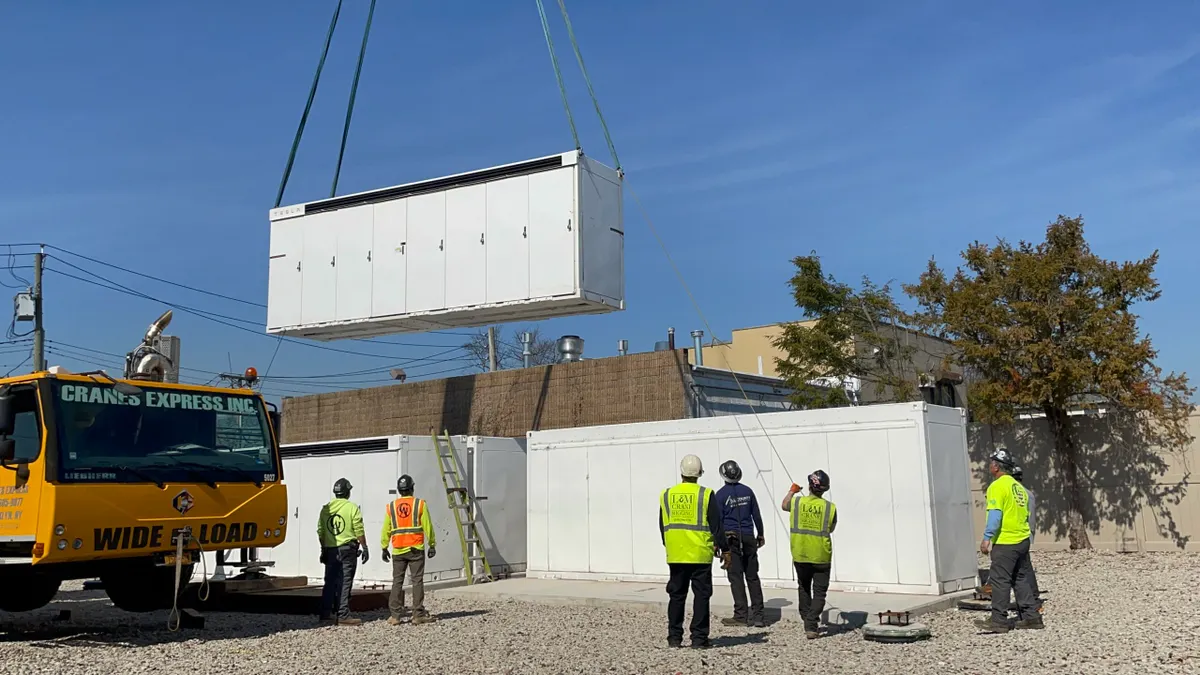Oregon was the first state to follow California in implementing an energy storage mandate. But, as Pacific Power’s recent filing with the Oregon Public Utility Commission shows, the economics of energy storage may take more time to become favorable, at least for some.
In 2015, Oregon’s legislature passed H.B. 2193, which requires the state’s two main investor-owned utilities, Portland General Electric and PacifiCorp’s Pacific Power, to have a minimum of 5 MWh of energy storage in service by January 1, 2020. The mandate is capped at 1% of a utility’s peak load from 2014, except for a project of “statewide significance.” The law also allows the utilities to recover the costs of those energy storage systems through electric rates.
In January 2017, the Oregon PUC released the guidelines and timelines for the energy storage mandate. The guidelines encourage projects that “stack” revenues by being able to serve multiple applications and recognize that storage can be used to defer costlier investments in transmission infrastructure such as substations, as well as providing other ancillary services.
In an early April filing with the PUC, Pacific Power identified two pilot projects with an aggregate capacity of 4 MW, 11 MWh. In the filing, Pacific Power said the projects would meet the requirements of H.B. 2193, provide a controlled environment to explore multiple use case applications and allow it “to experiment with energy storage in preparation for potential future wide scale deployment, while remaining fair and reasonable to customers.”
Pacific Power’s proposed projects, while well above the minimum 5 MWh threshold set by the PUC, come in far below the 1% of peak cap, which would be roughly 21 MW for the utility.
In contrast, Portland General Electric, the state’s other IOU, in November said it would spend between $50 million and $100 million to install 39 MW of energy storage projects, which is just below its 1% peak cap.
Not cost effective
In its analysis, Pacific Power used seven different use-case scenarios, but found that energy storage is not cost effective in any modeled scenario.
Pacific Power said the results demonstrate that “a range of energy storage benefits and costs exists, highly dependent on use case parameters, such as reserving capacity for regulation as opposed to spin/non-spin reserve, and technology parameters, such as capacity or energy rating.” The greatest potential benefit from energy storage on its network for all utility customers, Pacific Power’s analysis found, “is likely achieved through co-optimizing around regulation.”
Pacific Power’s analysis settled on a 2 MW by 3 hour pilot project. The utility admitted that the pilot projects “may not currently be cost-effective. PacifiCorp anticipates that in the future, changes to PacifiCorp’s system and in the energy storage market have the potential to make energy storage more competitive and potentially cost effective.” Based on its forward looking projection for energy storage on the PacifiCorp network, the utility estimated that energy storage has the potential to become cost effective in 2029.
Disparate approaches
There could be many different reasons for the disparity between Portland General’s approach to energy storage and Pacific Power’s, analysts say.
One potential reason is the difference between the two utilities. Portland General’s territory is confined to a single area within a single state. Pacific Power is part of PacifiCorp, a much larger corporate entity that has utility operations in multiple states. Pacific Power’s territory is also more rural than Portland General’s.
Another part of the equation is what the utility is planning in terms of building flexible gas plants and what kind of contracts they have for hydropower. Contracts for flexible hydropower could reduce the need for energy storage, Mihir Desu, a manager with Strategen Consulting, told Utility Dive.
“The ultimate driver of energy storage is capacity value,” Desu said. Portland General is retiring a coal plant in 2020. That drove up the value of storage for the utility, he said. Desu formerly worked at Portland General and was part of the team that put together the utility’s storage filing.
Pacific Power’s capacity needs are unclear, but in the PUC filing the utility noted that under Oregon law it will have to close coal-fired generation in the state by 2030.
Pacific Power did not return multiple requests for comment.
Tough market for storage
Overall, despite supportive policies, the Pacific Northwest could be a tough market for energy storage. In a report released earlier this year, consulting firm Cadmus Group found that the development of energy storage in the Northwest is hampered by several factors.
Hydropower dominates the Pacific Northwest, providing about 80% of the electricity in the region and at relatively low rates. Hydropower also is a low carbon, renewable resource and, in some instances, can store energy.
In addition, the Northwest does not have an organized capacity market that can provide price signals for services that energy storage could provide such as ancillary services. And the region lacks differential pricing that recognizes the locational and temporal flexibility of storage.
In that context, Pacific Power’s energy storage strategy may be a prudent solution. “Pacific Power appears to have picked something that would provide them with data,” Jessica Shipley, an associate with the Regulatory Assistance Project, told Utility Dive.
Energy storage is going to be a key piece of the energy future in the Northwest, Shipley said. “We need to start working now in order to have energy storage available when it is needed.”





















